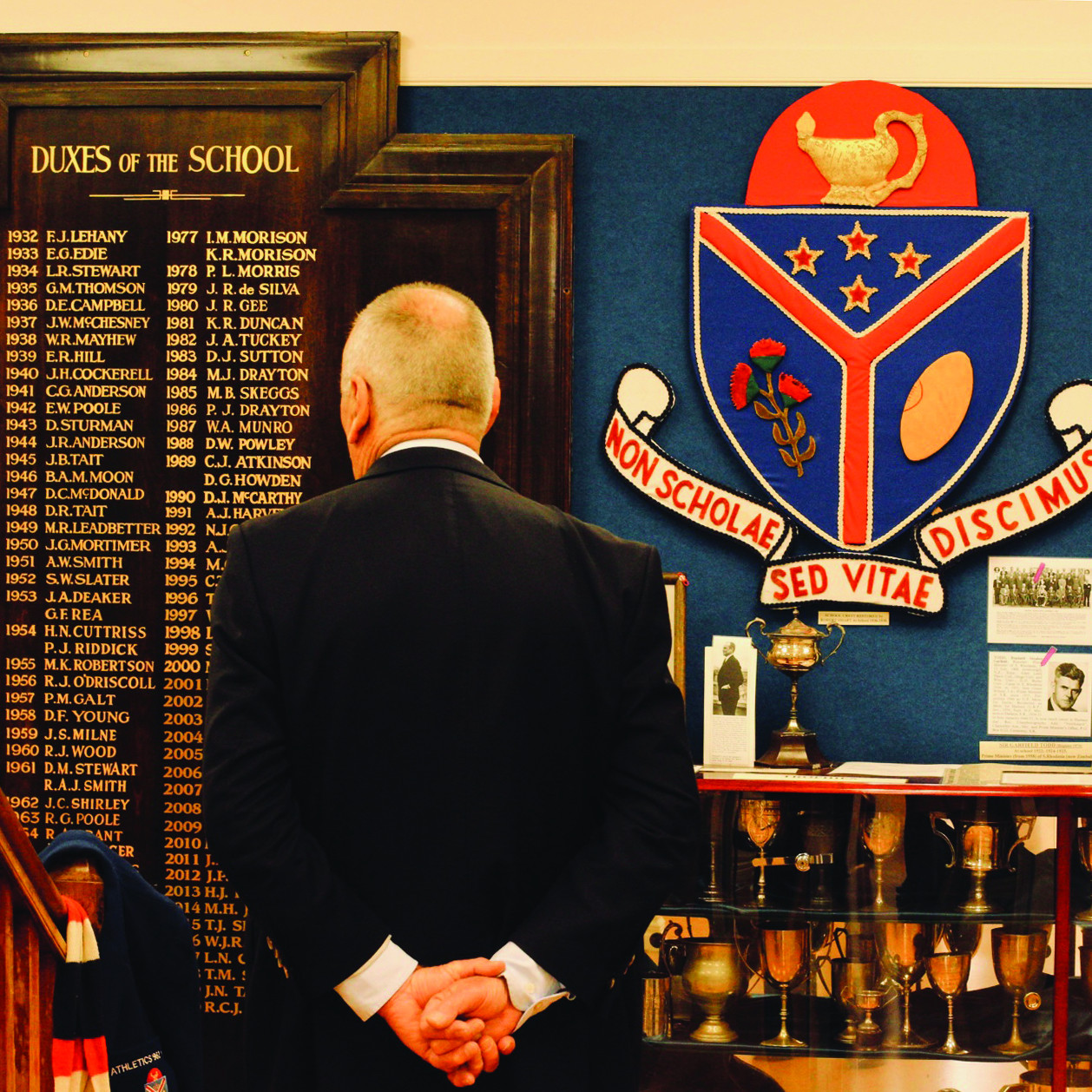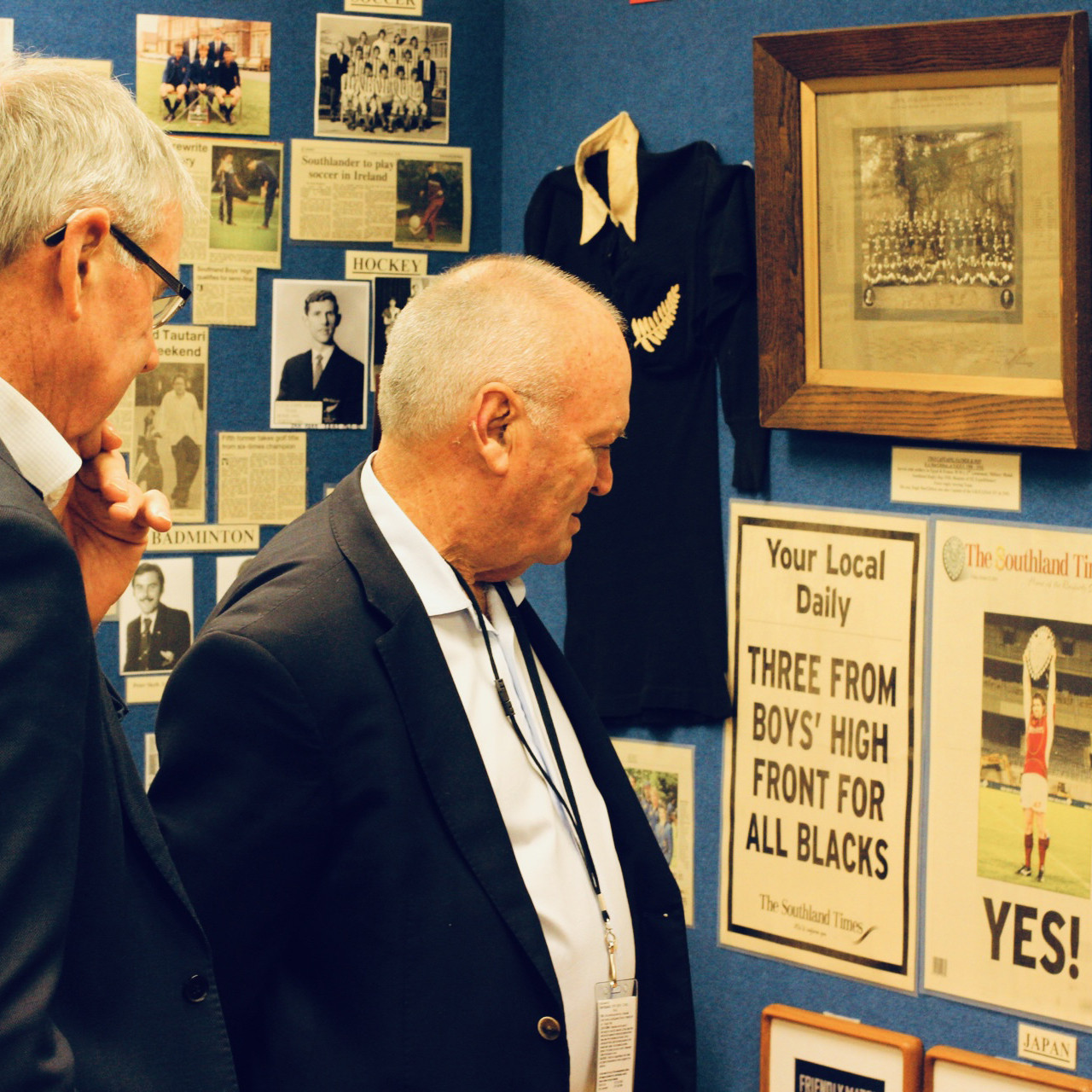Southland Boys’ High School was established in Forth Street Invercargill in 1881. In 1926 it relocated to its present site, Herbert Street Invercargill. In 1954, Coldstream House was built to accommodate boarders from the wider Southland area.
The school has always had a strong academic focus. From Rhodes Scholars, David Strang and Sir Geoffrey Cox (founder of ITN) to Dr Michael Fraser (currently post-doctoral fellow at Otago University, engaged in researching solar energy applications) our Old Boys excel, on both the national and international stage.
Southland Boys’ has always had a proud tradition in sport and is a strong rugby school, naming 22 All Blacks amongst its Old Boys and being the school that has produced the most All Black rugby captains. While maintaining its strength in Rugby, SBHS also has a proud reputation in cricket as well as in other codes including cycling, athletics and weight lifting. Sport will always be an integral part of the life of the school.
Culturally, the school has produced many notable musicians, dancers and actors. The old Rectory which now houses the Music and Drama Suites is named for Alex Lindsay, accomplished violinist in both the London Philharmonic and Symphony Orchestras 1963 – 1967, and leader of the National Orchestra in 1967. Renowned musician, Chris Knox (member of bands Toy Love and The Enemy) and choreographer and dancer, Michael Parmenter are also old boys of the school.
The Band Room, the school’s second oldest building (the cricket Pavilion being the oldest), now houses the school’s Museum where memorabilia and the history of the school are displayed. If you wish to visit the Museum, or to research an aspect of the school’s history, contact the archivist Lynley Dear, telephone 03 213 0058, email [email protected].


